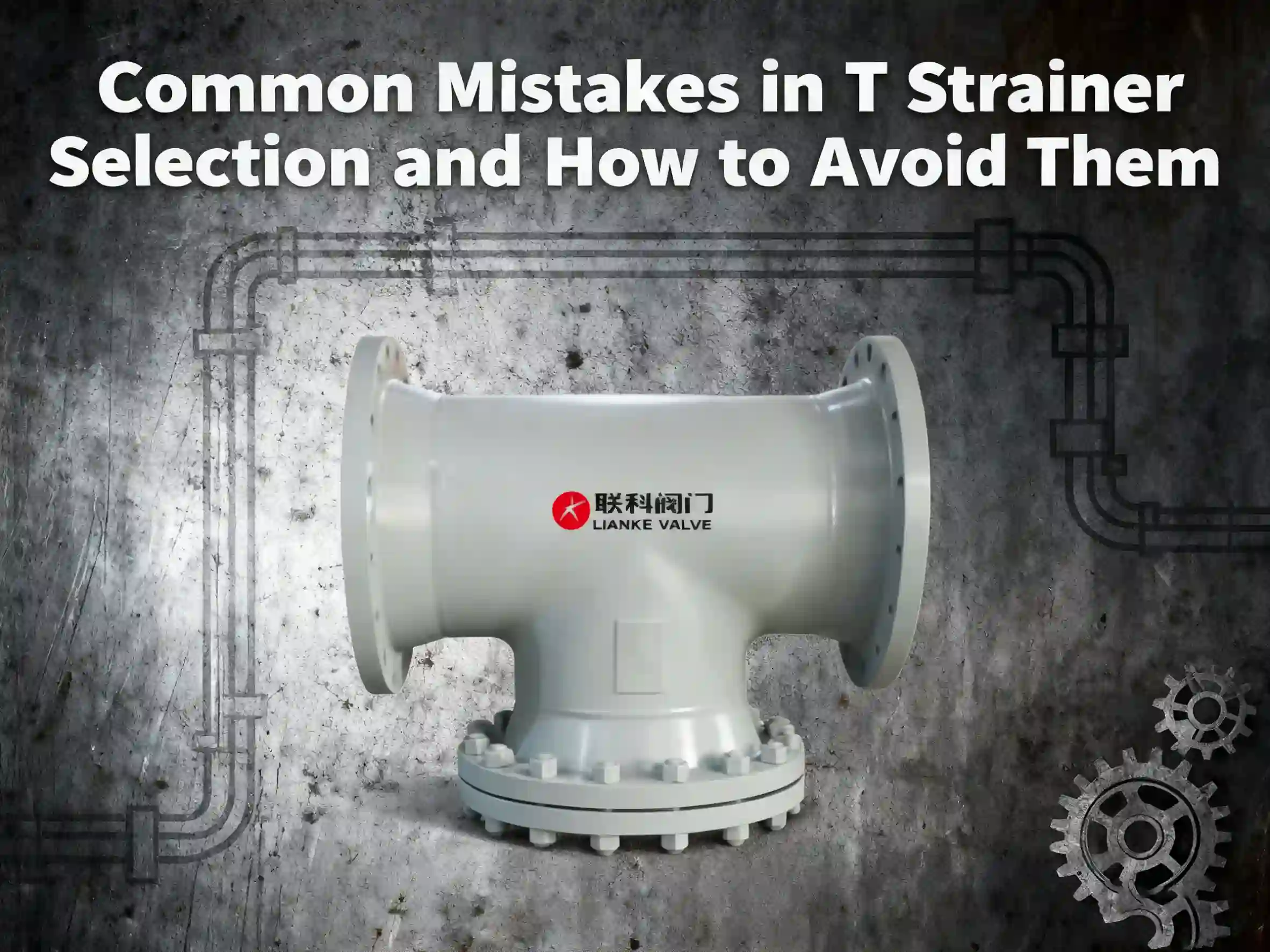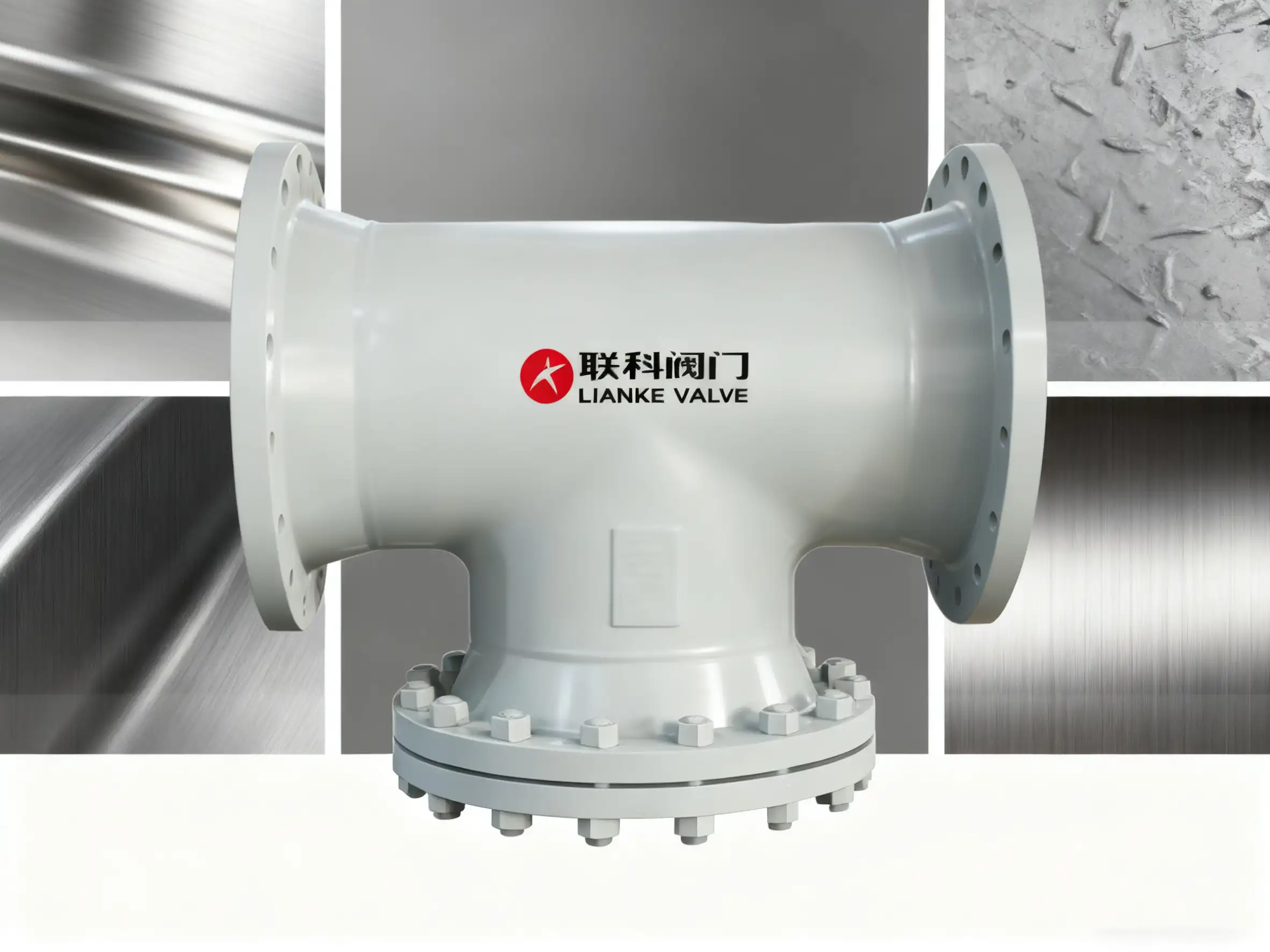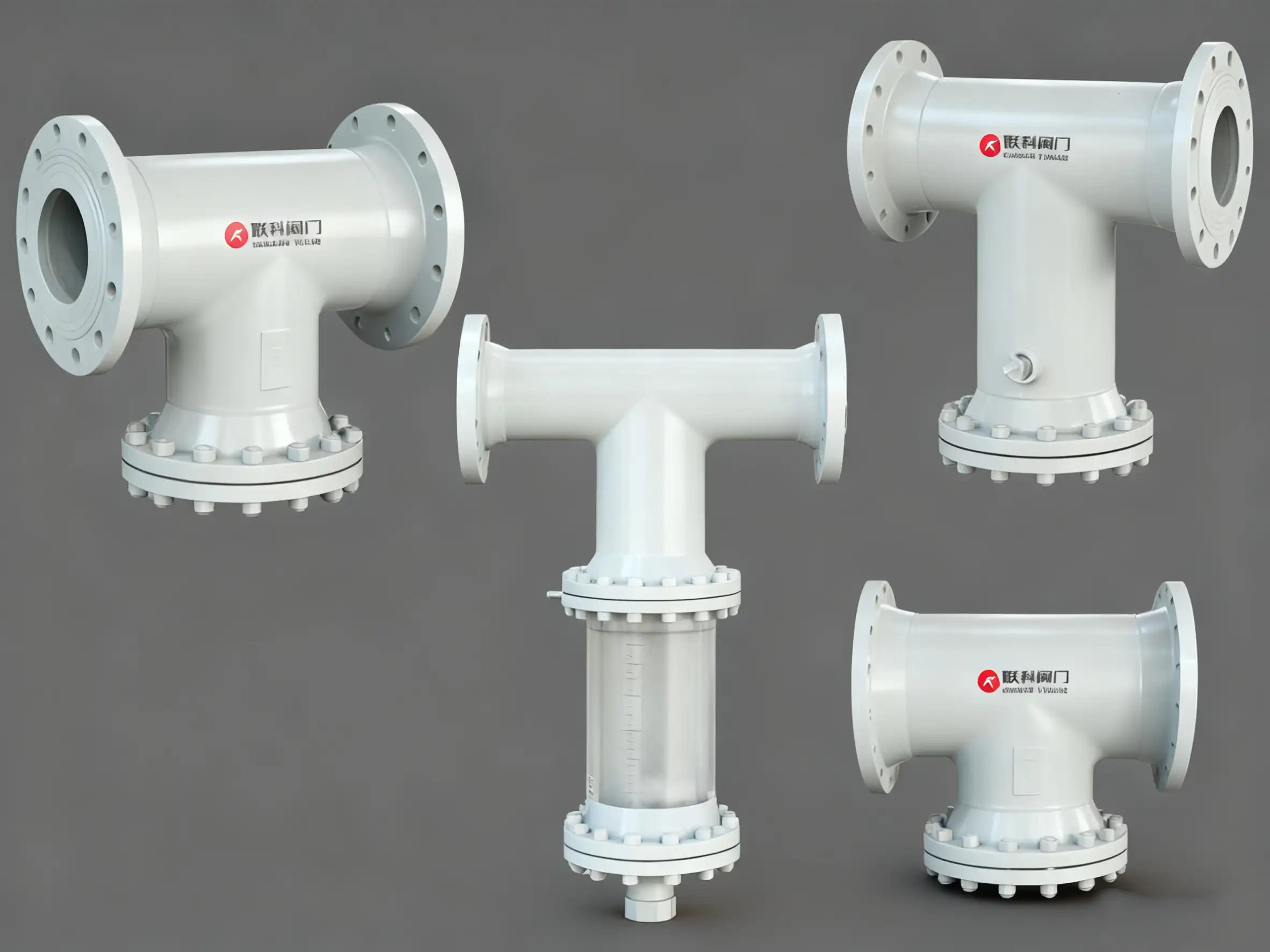

The main difference between plastic and elastomer comes down to flexibility and shape retention.
Plastics are rigid or semi-rigid. Once they bend or break, they don’t bounce back.
Elastomers are flexible. They stretch, twist, or compress and return to their original shape.
Below, we’ll take a closer look at how these materials differ and the conditions where each works best.
Plastic is a type of polymer that’s rigid or semi-rigid and holds its shape under stress.
Unlike elastomers, plastic doesn’t return to its original form once bent, stretched, or broken.
Some plastics, like PTFE, PFA, and PVDF, resist chemicals and high temperatures, making them ideal for valve linings.
Elastomers are a special type of polymer that stretches, twists, or compresses and then snaps back to its original shape.
This rubber-like flexibility comes from their molecular structure, which allows them to absorb impact without breaking.
Common elastomers like EPDM, NBR, and FKM (Viton) are used in seals, gaskets, and pinch valve sleeves to prevent leaks.
Both materials are polymers, but their structure and behavior define how they’re used. Here’s a closer look at the main differences.
Plastics are stiff and maintain their form unless enough force breaks or deforms them. Once bent or cracked, they don’t return to their original shape.
Elastomers are stretchable and resilient. They can handle repeated stretching, bending, and compression without losing their form.
Plastics have varying levels of heat resistance. Some soften or melt under high temperatures, while thermoset plastics can withstand extreme heat without changing shape.
Elastomers, like silicone, can handle high temperatures while staying flexible. This makes them useful in applications exposed to heat, like engine components and industrial seals.
Most plastics resist chemicals, making them ideal for industrial and medical applications.
Elastomers can resist oils and solvents, but some may break down when exposed to harsh chemicals. The level of resistance depends on the type of elastomer used.
Plastics can be brittle, meaning they crack or break under sudden impact.
Elastomers absorb shock well, which is why they’re used in tires, gaskets, and vibration-dampening applications.
Plastics are tough and resist scratches and wear.
They work well in parts that handle friction or rough materials without breaking down.
Elastomers are softer and more flexible, but they wear out faster under pressure and movement.
People lump elastomers and plastics together, but they’re not the same thing.
Some elastomers share traits with plastics, but natural rubber isn’t plastic—it’s biodegradable and completely different.
Because they stretch without breaking, elastomers work well in things that need to bend and flex without wearing out.
You’ll find them in phone cases, resistance bands, car suspension parts, and shoe soles.
Plastics come in two main types: thermoset and thermoplastic.
Thermoset plastics harden permanently, making them ideal for things like circuit boards.
Thermoplastics melt and reshape easily, so manufacturers use them for times like water bottles, storage bins, and car bumpers.
Rubber is a type of elastomer, but it works differently from plastic. Here’s a quick comparison:
| Feature | Plastics | Elastomers (Rubber) |
| Flexibility | Rigid or semi-rigid | Highly flexible |
| Shape Memory | Holds shape under stress | Returns to original form |
| Heat Resistance | Some soften or melt | Handles extreme heat |
| Impact Resistance | Can crack or break | Absorbs shock well |
| Common Uses | Containers, pipes, gears | Seals, tires, dampeners |
Both plastics and elastomers are used in valves, but they do different jobs.
Plastics like PTFE, PFA, and PVDF line the inside of valves to protect against chemicals and corrosion.
These materials work best in industries like chemical processing and food production, where fluids can be aggressive.
Elastomers like EPDM, NBR, and FKM are used in pinch valve sleeves because they’re flexible and absorb impact.
At Lianke Valve, we manufacture high-performance fluorine-lined and pinch valves designed for tough conditions.Need help finding the right valve for your system? Talk to our team today

A T type strainer may seem like a simple filtration device, but making a bad choice when getting one might just throw your system off balance. Even a small oversight in selection can lead to pressure drops or premature equipment wear. Steer clear of these mistakes, and your system will run smoother and last longer. […]

A T type strainer is a reliable equipment used to safeguard steam and high-pressure systems. Filtering out unwanted particles before they reach critical equipment helps maintain stable and efficient operation. Knowing when to install a T type strainer and how to choose and set it up correctly can make all the difference in preventing costly […]

A T type strainer is an effective equipment used in various industries to keep fluid systems free of contamination and component wear. However, not all strainers are made of the same material, which can determine how well they perform. This guide explains the materials from which T-type strainers are made, as this is vital to […]

A T type strainer plays a vital role in ensuring that fluid systems and pipelines stay free of debris that can damage their operations. This article provides an overview of its everyday applications and variants, explaining why it’s essential across various industries. What is a T Type Strainer? A T type strainer focuses on filtration. […]



